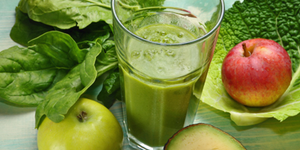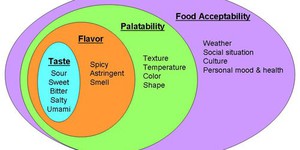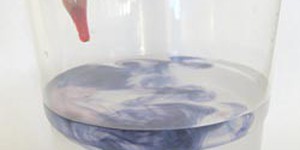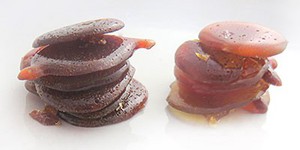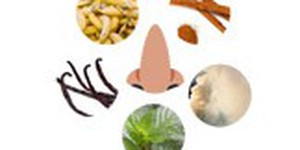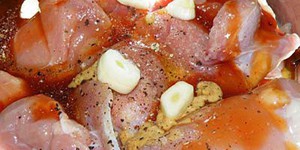Others Like “Measuring Your Taste Threshold” (top 20 results)
|
Did you know that your body needs a certain amount of iron in order to stay healthy? Iron can be found in much of what you consume each day. Almond flour—frequently used in cookies—is just one example of an iron-rich food. However, only a small fraction of the iron in food gets absorbed by the body, partially because the body can only absorb dissolved iron. In this project, you will study whether the acidic environment in your stomach helps dissolve iron. You will use a color-based…
Read more
Do you enjoy drinking smoothies packed full of berries and other tasty fruits? Or maybe you like drinking a creamy milkshake with peanut butter, chocolate, and bananas. Smoothies and milkshakes are often tasty to us because of the sugar in them. But did you know there are different kinds of sugar? Some ingredients in a smoothie can have more than one kind of sugar in them, and our bodies process each kind of sugar differently. In this science project, you will measure the concentration of…
Read more
If you developed a super-sour candy, drink, or dessert, to whom would you sell it? Do people of all ages love sour, or is there a difference between the sour preferences of kids and adults?
In this mouth-puckering science project, you will find out by making batches of lemonade that vary in their sourness and have volunteers taste them!
Read more
Have you ever noticed that the salt you are using says it is "iodized"?
Iodine is an important micronutrient, which means we need it in small quantities to be healthy. Because iodine is rare in many people's normal diets, it is added to table salt. Then when people salt their food, they are also adding this important micronutrient. In this food science project, you will use some kitchen-friendly chemistry to investigate which types of salt have iodine added (in the form of iodide) and which do…
Read more
Carbonated bevarages are quite popular in the United States (despite the health risks of drinking too much of the sugary ones). Many people love their bubbly, fizzy flavors. But how do the bubbles, fizz, and taste get into the water? In this cooking and food science project, you will work with baking soda, citric acid, and sweetener to create a your own soda pop. Once you develop your recipe, try it out on your friends and family. Who knows? You might create the next soda pop sensation!
Read more
Maple syrup is deliciously gooey and great on breakfast foods like pancakes and waffles. But it has another amazing property. It can be turned into maple candies with a range of textures, like sticky maple taffy or molded maple sugar candy. In this science fair project, you will investigate how the temperature that maple syrup is heated up to affects what type of maple syrup-based candies can be made.
Read more
Take a deep breath: freshly baked cookies, smoke from a wood fire, or a rose—your nose is an amazing smell detector! Your sense of smell can not only identify a huge variety of odors, but it is also incredibly sensitive. Think about how easily you can detect if someone in your neighborhood has a barbecue just by smelling the hints of smoke from the grill far away. How strong or weak you perceive an odor depends on its concentration. What do you think is the lowest concentration of a…
Read more
Ahchoo! Got that stuffy nose and I-can't-breathe kind of cold? Those sniffles and clogged sinuses are bad enough, but why does it also seem everything tastes so bland and flavorless when we are sick? Is there really truth to the idea that smell is a key part of taste? Gather up a few volunteers, hit the kitchen, and try this experiment to find out.
Read more
Pennies are bright and shiny when they are new, but become quite dull with time. What causes such a drastic change? Oxygen in the air combines with the copper in the penny to form copper oxide, which makes the penny look dull and dingy. You can make the pennies look like new again by soaking them in water that is corrosive enough to strip off the copper oxide layer. It turns out, however, that the same process that makes the pennies shiny has bad consequences when it comes to copper pipes: it…
Read more
Have you ever tasted a delicious burger and wondered how it got so much flavor? Maybe you have heard your family talk about marinating foods before cooking or grilling them. A marinade is a mixture of seasonings used to flavor or tenderize food. Most cooks have strong opinions about the best way to marinate their favorite food, be it a large steak or a tofu burger. In this cooking and food science fair project, you will run controlled tests to see what factors are most important in making a…
Read more
|
Explore Our Science Videos
How to Make an Archimedes Screw - STEM Activity
Model Your Blood Flow – STEM activity
Make Candy Gears - STEM activity




